
DLF’s KP Singh and Anil Ambani out of top 10 in Forbes list
While the real estate market looks subdued with the sector weathering a host of issues, this is not a good news either. DLF’s Chairman K P Singh is out of the top ten list of Forbes.

While the real estate market looks subdued with the sector weathering a host of issues, this is not a good news either. DLF’s Chairman K P Singh is out of the top ten list of Forbes.
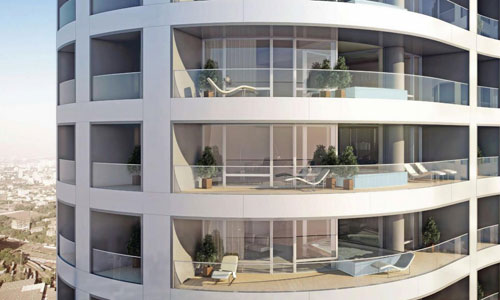
The real estate market may be in a slump with developers innovating ways and means to increase sell, but the festive season seems to be bringing in good cheer for the country’s tallest tower — Lodha World One.
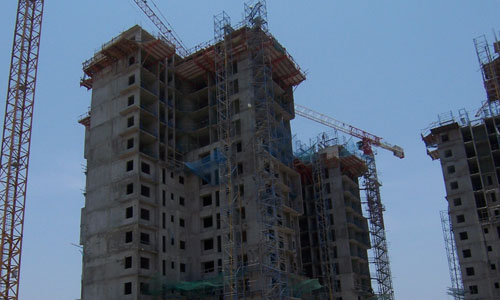
Diversified conglomerate Larsen and Toubro (L&T) is set to build India’s first residential high-rise building on a pre-cast basis, a move that may introduce a structural change in the real estate market.
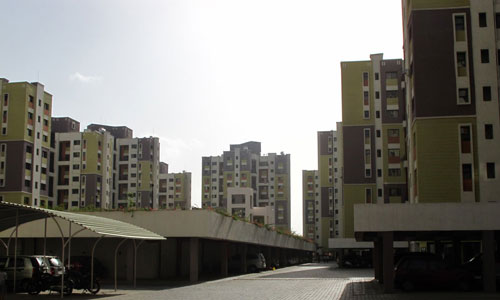
Property registration in India’s biggest real estate market Mumbai continued its slide in August and touched a twenty-seven month low.
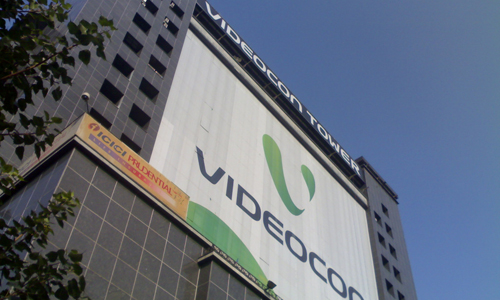
Videocon Group has put its hotel project on backburner. The company now plans to enter the Ahmedabad real estate market with a residential cum commercial project on the prime location of Ashram Road.
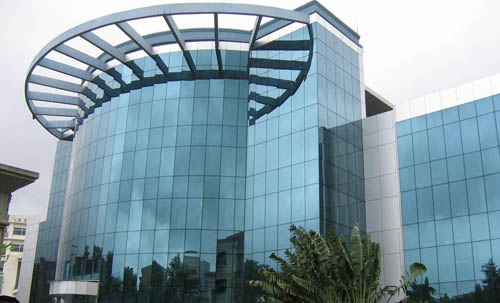
An analysis of the recent revival of commercial real estate market in Mumbai shows that the Banking, Financial Services and Insurance (BFSI) sector has been primarily responsible for the huge uptake of office space.
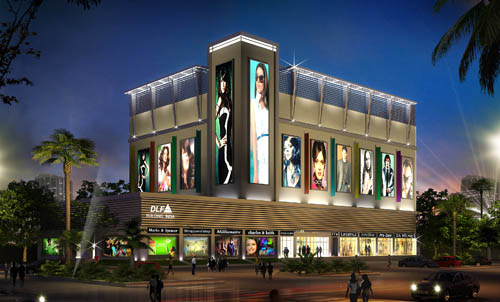
DLF, the real estate market leader brings lifestyle shopping to Chennai with its new retail project Galleria.
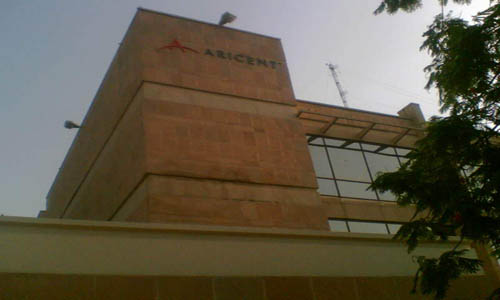
The Aricent Group has just concluded the largest corporate land disposition in the history of the Gurgaon real estate market.

The Indian real estate market has matured to the extent that it is seen as the best investment instrument, as a recent survey by ASSOCHAM points out.
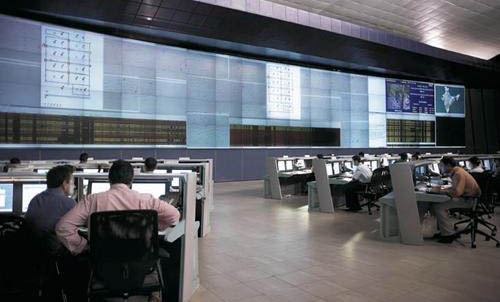
It’s not just the residential real estate market in Mumbai that is going through a slump, the commercial office segment, too, is reeling under a slowdown.
